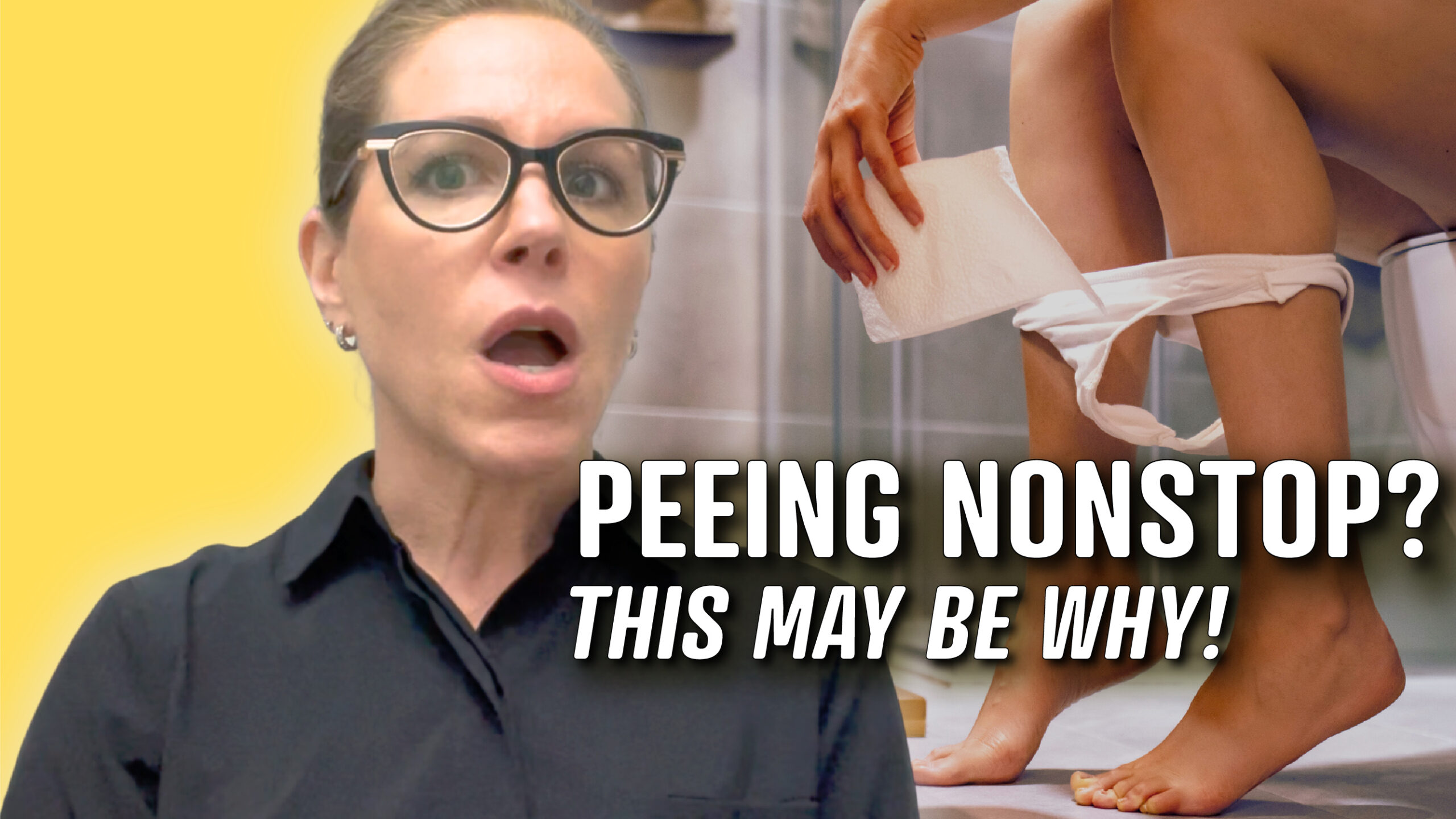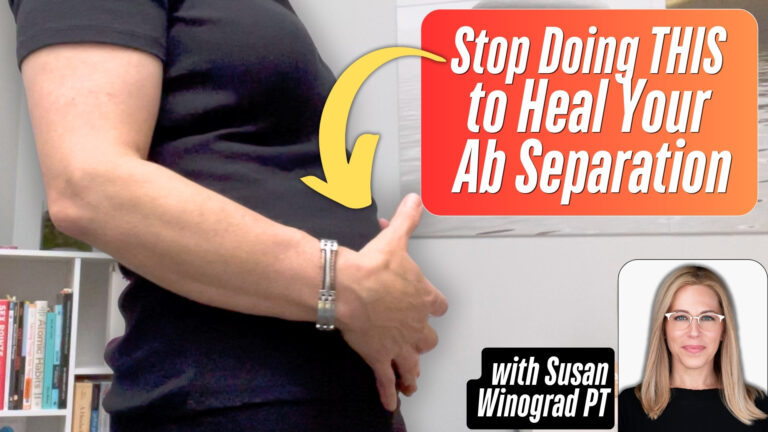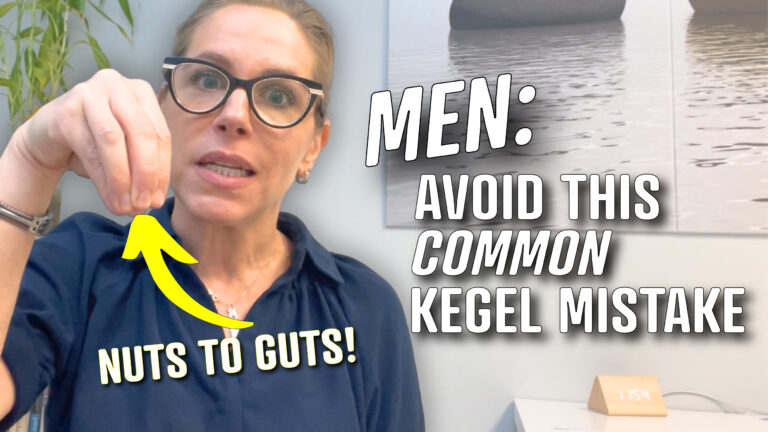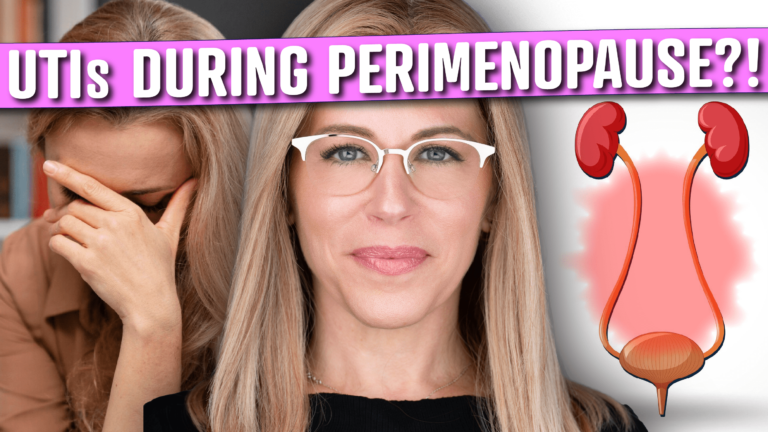Do you find yourself needing to pee shortly after you’ve just gone? An overactive bladder is a frustrating—and surprisingly common—experience. But while many people think it’s just something they have to live with, frequent or urgent urination often has specific causes and solutions.
In this post, we’ll break down what’s normal, why you might be experiencing frequent urges to go, and what you can do about it.
What’s Typical Bladder Behavior?
For most adults, it’s normal to urinate 6 to 8 times in a 24-hour period.
If you’re finding that you need to go again just 30 minutes or an hour after you’ve just gone, that’s a clue something is off. You shouldn’t typically feel a strong urge that quickly after emptying your bladder.
Common Causes of Urinary Urgency and Frequency
Experiencing frequent or urgent trips to the bathroom can be caused by a variety of factors, including:
- Pelvic Floor Dysfunction
Tight or poorly coordinated pelvic floor muscles can trigger urgency or incomplete emptying. - Dietary Irritants
Foods and drinks like caffeine, alcohol, spicy foods, and artificial sweeteners can irritate the bladder lining. - Stress and Anxiety
Emotional stress can increase muscle tension and sensitivity, leading to more frequent urges. - Hormonal Changes
Shifts during menopause, postpartum, or even the menstrual cycle can affect bladder control.
Bad Habits That Make It Worse
One of the most common habits that can train your bladder to send urges at the wrong time is “just in case” peeing.
For example:
“I’m about to go into a meeting—I’ll pee just in case.”
“I’m leaving the house—I’ll pee just in case.”
While it seems practical, this habit can actually teach your bladder to feel full at lower volumes, creating more frequent urges over time.
How to Start Fixing an Overactive Bladder
Here are some practical steps you can take:
1. Track Your Bladder Habits
- Keep a log of when you go.
- Note when you feel strong urges.
- Look for patterns or triggers.
This can help you identify whether you really are going too often, and what might be causing it.
2. Stop “Just in Case” Peeing
- Wait until you truly feel the urge.
- Allow your bladder to fill to a normal volume before going.
This helps retrain your bladder to hold more comfortably.
3. Manage Urges Calmly
- Don’t rush or panic.
- Pause, take deep breaths, and see if the urge eases.
- This can reduce the sense of urgency over time.
4. Seek Help from a Pelvic Floor Physical Therapist
Pelvic floor physical therapists specialize in bladder issues, including overactive bladder. They can help you:
- Assess your pelvic floor muscle function.
- Identify dietary or lifestyle contributors.
- Develop personalized strategies to reduce urgency and frequency.
Remember: Overactive Bladder is Common—and Treatable
Frequent urination and urgency can feel embarrassing or isolating, but you’re far from alone. With the right approach and support, you can retrain your bladder and regain confidence.
If you’re struggling with these symptoms, consider reaching out to a qualified pelvic floor physical therapist for a thorough evaluation and guidance.
Video Timestamps
00:00 Intro – Why you feel you have to pee again
00:31 What’s typical bladder frequency
01:01 Urgency, frequency, overactive bladder explained
01:29 Causes: pelvic floor, diet, stress, hormones
01:55 Track your bladder habits
02:16 Stop “just in case” peeing
02:39 Managing urges and staying calm
02:59 Work with a pelvic floor physical therapist
Book your FREE health and wellness 15-minute discovery call at www.pelvicorerehab.com.





